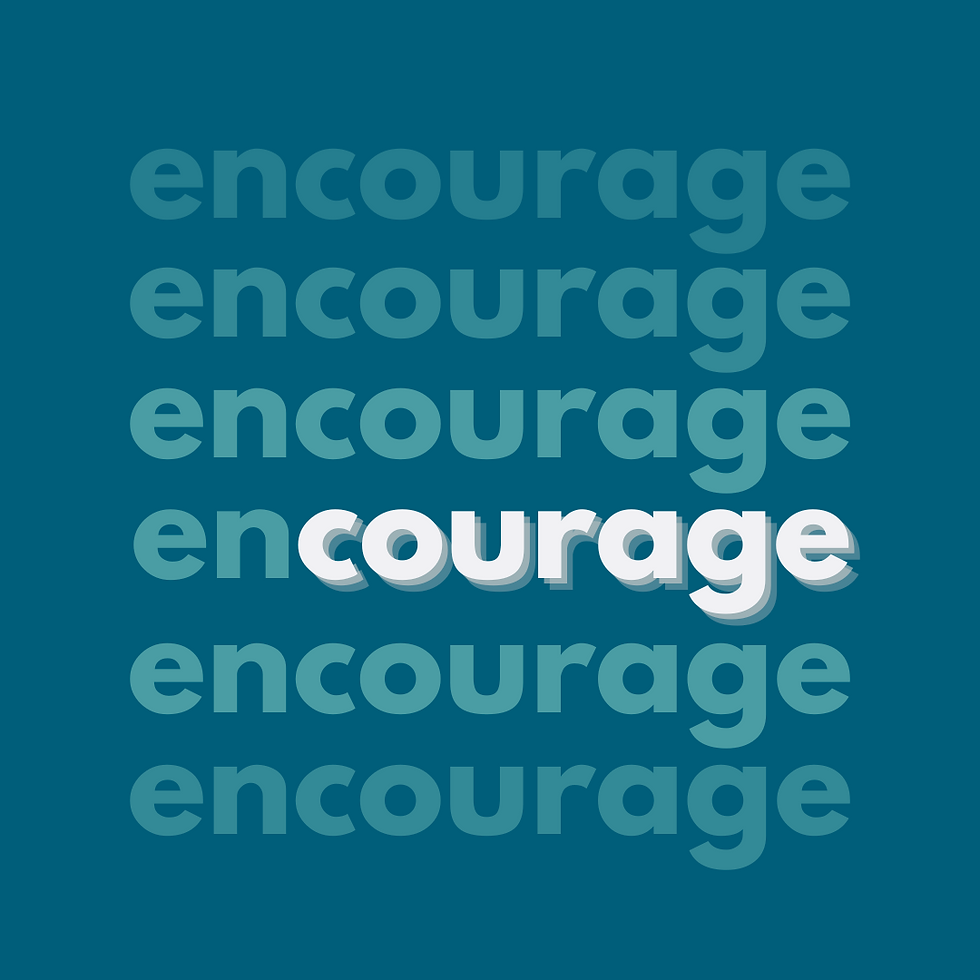"We can't be completely agile!!!"
- admin87720
- May 12, 2023
- 3 min read
Recently, I visited the Aarhus Harbor and went up to one of the beautiful, new skyscrapers in the newly urbanized neighborhood. Here, a company wants to work "a little more agile" and had therefore hired me for a 2-day Scrum course.
Scrum is easy to understand but difficult to practice, and that became increasingly clear as the course progressed.
The company does office work and works with external stakeholders in their projects. They need to put their customers' feedback into fixed frameworks because they actually experience receiving their customers' comments and new requests too often and in an unstructured form.
It was a chilly, sunny April morning, and the building showed both its strengths and weaknesses. The view over the Aarhus Bay was fantastic, but the sun was so hot that it was necessary to keep a door open with a chair - there was no sun protection, and the ventilation was struggling...
The room was very long but, on the other hand, quite narrow, so it was difficult to open the door without bumping into those sitting with their backs to it.
As the training progressed, one of the participants naturally said, "Unfortunately, we can't be completely agile!!!" "We are probably a bit different from others, so we can't buy into the whole package." Allegedly, the problem is that they work on several projects simultaneously, have a professionally founded project manager, and "the organization as a whole isn't geared for Scrum."
What is "Completely agile". Is there a checklist of how to be or not to be...?

The participants are project managers, and one can feel that they are shrinking and missing the sun, which is relentlessly beating through the large floor-to-ceiling windows. They are actually a bit embarrassed to admit the state of affairs.
The problem is probably that management has given them a daunting task: "We need to be more agile"... what does that even mean? Is it a scale where one can be a little agile or a little more?
Management has heard a bit about agile and Scrum and wants to reap all the benefits of that way of working - especially they have heard that it leads to a more efficient organization. More on that in another post!!!
So, the organization needs to be more agile, and we need to use Scrum for that. But we still need a professionally founded project manager as a role in the organization. Therefore, we do not have a Scrum Master. And the Product Owner is, moreover, a "Project Owner" but does not have access to input from customers and users.
The Scrum Guide tells us on the first page that all elements serve a specific purpose, and if elements are changed or omitted, it will lead to hidden problems and limit the benefits of Scrum - potentially even remove it entirely.
My claim would be that one can do more harm than good, especially when messing with the definition of roles and who is responsible for what. People become confused, step on each other's toes, and end up with frustration.
We need to dare to take the step fully. Define the organization, set the framework, allocate the resources, and then trust that the team can solve the professional task.
Are you unsure where your organization lies on the agility scale? Try Agile-Boost for free and see how it can help you gain better insight.
%20(4).png)



Comments